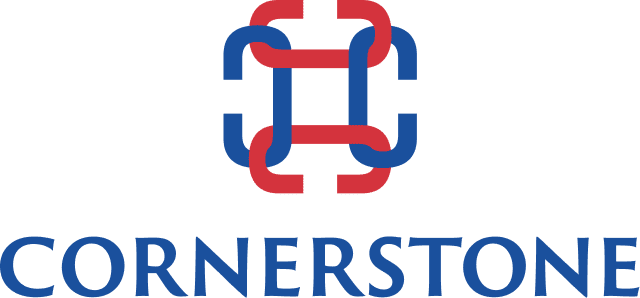The Recruiter as Business Partner
Digital communication has been with us for some time now, but the impact since 2000 is nothing short of staggering.
Increasingly sophisticated algorithms for analyzing online behaviors have shattered what might have been called collective knowledge into tiny shards of specialized information.
Remember the “thousand channel universe”? It became the “five thousand channel universe” before the ink would have been dry if they still used it. If you want to know what damage the emerald ash borer is doing in Canada, you have 136,000 sources to choose from, delivered in 0.80 seconds.

This kind of specialization has impact on every aspect of knowledge and information retrieval. Recruiting is no exception. With recruiting on line, if you really need to find a German-speaking, left-handed tire changer to work in a garage in Bogota, just click the mouse. Voilà.
But, just a minute
Why, then, do 63% of CEOs in the United States fret that their strategies and plans for growth are at risk because of the availability of people with key skills?
Why do 93% of them feel they have to change their strategy for attracting and retaining talent?
Perhaps it’s because, instead of making recruiting easier, being able to process hundreds of thousands of resumes doesn’t just fill the pipeline, it can clog it. Giant job boards can bury a promising resume simply by weight of numbers when a query results in several hundred, if not thousands of supposedly qualified results.
The downside of digital.
But the counter is not the solution. To meet this challenge, the pre-qualification process gets increasingly granular– the determination of attributes, must-haves and like-to-haves – at the organization’s end as the HR or Talent Acquisition group seeks to fight through the clutter, reduce the number of duds and shorten the ever lengthening time to hire.
And the outside recruiting professional becomes an order taker.
Jim O’Malley, a 25-year veteran of the leadership talent biz, wrote an interesting series on this recently in ERE Media. He cautions against the linear mindset that reduces recruiting to receiving a request to fill an open position, undertaking a lot of activity to source people, and eventually winding up with a hire.
Recruiting is a circle
Instead of a straight line, he writes, recruiting is a circle of activities starting with strategic workforce planning and ending after the hire with onboarding and assimilation.
To be effective in all aspects, recruiters need to be 100 percent immersed in the business and act as true business partners. (My italics)
Far from being the order taker, the excellent recruiter is your consultant. Skillsets that will bear strongly on the success of a mission are customer service, communication, willingness to learn, listening skills, problem solving and critical thinking, and knowledge of how best to leverage today tools and technology.
O’Malley talks more about this in the second of a five-part series on Talent Acquisition. You can jump in here and learn more.


